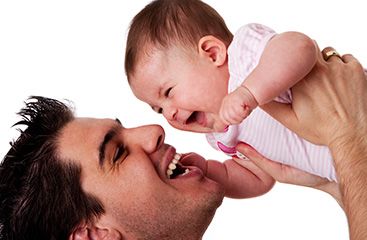Another factor that could explain why you’re “always” attracted to a certain type of person, even if they’re not “right” for you, could be your own attachment style.
Attachment styles—our patterns of bonding and behaving with others in relationships—develop early in life based on how and whether our needs were met by our primary caregivers. These styles are often described as secure, anxious, andavoidant. Attachment styles are also pretty “sticky,” in that they tend to stay fairly stable over time. This generally means that by the time we reach adulthood, we unconsciously bring into our romantic relationships whatever style of attachment that got grooved into our psyche way back in childhood.
For example, someone with a secure attachment style (who likely grew up with emotionally available caregivers) tends to be strong in trustworthiness, self-esteem, and communication. Securely attached individuals usually feel worthy of love and are able to build healthy and long-lasting relationships. In comparison, someone with an avoidant attachment style might feel threatened by emotional intimacy and struggle to make lasting commitments, whereas someone with an anxious attachment style will often exhibit clinginess, jealousy, and an intense fear of rejection.
What’s interesting is that certain types of attachment styles tend to attract each other more readily. And perhaps paradoxically, the anxiously-attached person is often highly drawn to the avoidantly-attached person, and vice versa. Can you see how that pairing—with one partner constantly pulling toward and the other partner constantly pushing away—may lead to relationship conflict and struggle? Can you also see how we might “fall into” certain relationship patterns based on the deeply embedded styles of attachment we’ve held since childhood?







